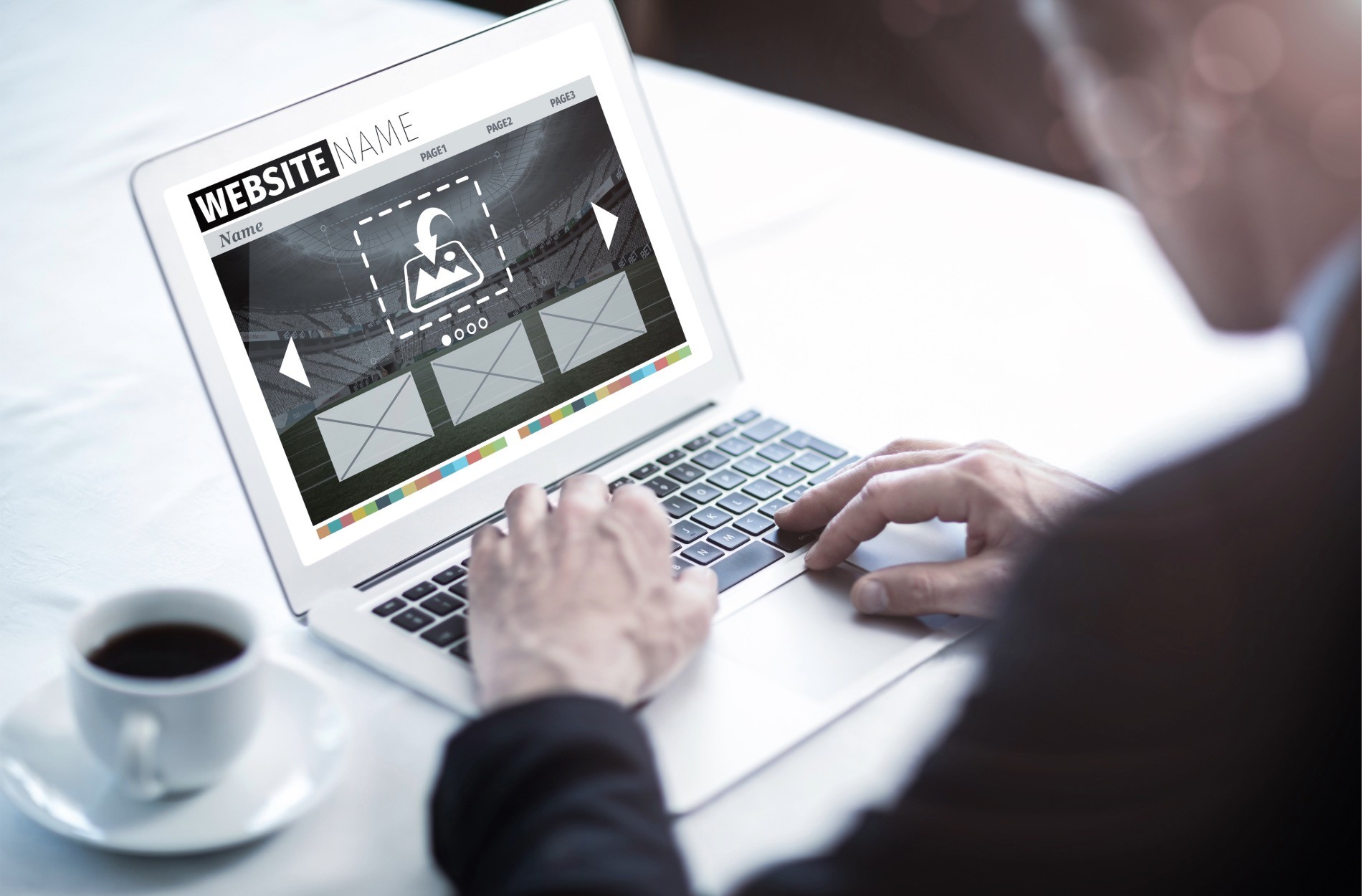
Images play a significant role in how your website looks and performs. They make your site more attractive and can help explain what your content is about. But did you know that images can also affect your website’s SEO? If you don’t optimise your photos, they could slow your site down and hurt your search rankings.
This guide will walk you through the steps you need to take to optimise your images effectively.
Why Image Optimisation Matters for SEO
Image optimisation is a vital part of SEO. When your images are correctly optimised, your site loads faster. Speed is essential because search engines like Google rank websites quicker and higher. Users also prefer sites that load quickly. A fast site keeps visitors happy and reduces bounce rates, leading to better engagement and conversions.
Optimised images help search engines understand your content. Search engines rely on text to know what images show. Details like file names, alt text, and captions tell search engines what each image is about. This can help your photos appear in image search results, bringing more visitors to your site.
Using images without optimisation can hurt your SEO. Large image files can slow down your site. Poorly named files or missing alt text make it harder for search engines to understand your images. By optimising your photos, you’re making sure your site is user-friendly and search engine-friendly.
Steps to Optimise Images for SEO
1. Choose the Right File Name: Use descriptive, keyword-rich file names for your images. Instead of “IMG1234.jpg”, use something like “red-bicycle.jpg”. This helps search engines understand what the image is about.
2. Use Alt Text: Write clear, descriptive alt text for each image. Alt text helps search engines, and it also helps visually impaired users understand your pictures. For example, “A red bicycle parked by a tree”.
3. Compress Images: Reduce the file size of your images without losing quality. Smaller files load faster. Use tools like TinyPNG or ImageOptim to compress your images before uploading them.
4. Select the Right Dimensions: Resize your images to the dimensions your website needs. Avoid using large images and scaling them down with HTML or CSS, as this can slow down your site.
5. Use Captions: Add captions to your images when relevant. Captions provide context for users and can include keywords to help with SEO.
6. Choose the Right Format: Use the best image format (e.g., JPEG for photos, PNG for transparent graphics). Each format has its benefits and drawbacks.
7. Lazy Load Images: Implement lazy loading so images load only when they are about to be visible on screen. This improves initial page load times and conserves bandwidth.
8. Create an Image Sitemap: An image sitemap helps search engines find all the images on your site. This can improve how well your images are indexed and ranked.
Following these steps ensures your images are visually appealing and optimised for SEO. This leads to better site performance and improved rankings in search results.
Choosing the Right Image Format
Choosing a suitable image format is crucial for image quality and site performance. Each format has its strengths and weaknesses. Understanding these will help you make the best choice for your needs.
– JPEG (Joint Photographic Experts Group): This format is best for photographs and images with many colours. JPEGs can compress pictures to small sizes, which helps with loading times. However, too much compression can reduce image quality.
– PNG (Portable Network Graphics): PNGs are great for graphics, logos, and images that need transparency. They maintain high quality with lossless compression, which means the image quality stays the same when you compress it, but the file size might be more significant than JPEGs.
– GIF (Graphics Interchange Format): GIFs are suitable for simple images with few colours. They are best for animations but not ideal for photos because of their limited colour range. Due to their animation features, GIFs can be heavy.
– WEBP: A modern format that provides superior compression and quality. WEBP combines the strengths of JPEG and PNG, offering both lossless and lossy compression. However, it might not be supported by all browsers.
– SVG (Scalable Vector Graphics): SVGs are used for icons and logos. They are vector-based, meaning they scale well without losing quality. SVG files are usually small in size, which helps with performance.
Advanced Tips for Image SEO
Taking your image optimisation to the next level can give you a competitive edge. Here are some advanced tips:
1. Structured Data: Use structured data to help search engines understand your images better. Adding schema markup can improve how your images appear in search results.
2. Image Thumbnails: Create thumbnails to replace full-sized images where appropriate. Thumbnails reduce load times and improve user experience.
3. Responsive Images: Use responsive images to serve the right-sized image based on the device used. This ensures faster loading for mobile users and saves bandwidth.
4. CDN (Content Delivery Network): Use a CDN to host your images closer to your users. This reduces load times and improves your site’s overall performance.
5. Watermarking: Watermark your images to prevent their use without permission and to help with brand recognition.
6. Integrate with AMP (Accelerated Mobile Pages): If your site uses AMP, ensure your images are optimised for this format. AMP makes pages load faster on mobile devices, which can improve your rankings.
7. Check Analytics: Regularly check your image performance in analytics. Monitor metrics like load times and user interaction to spot issues and make necessary adjustments.
Conclusion
Optimising images for SEO is more than just a technical task; it’s a vital part of your overall strategy to improve site performance and user experience. Each step, from choosing the suitable image format to using advanced SEO techniques, can significantly enhance your website’s visibility and speed.
Following these tips ensures your images are high quality and fast loading. This can lead to better rankings on search engines like Google, attracting more visitors and keeping them engaged. It also helps your site run smoothly, offering a better experience for your users.
Are you ready to take your image optimisation to the next level? Contact The SEO Room today. Our SEO agency in Perth can help you optimise every aspect of your website for peak performance and top search engine rankings. Let us assist you in creating a faster, more efficient site that stands out.


